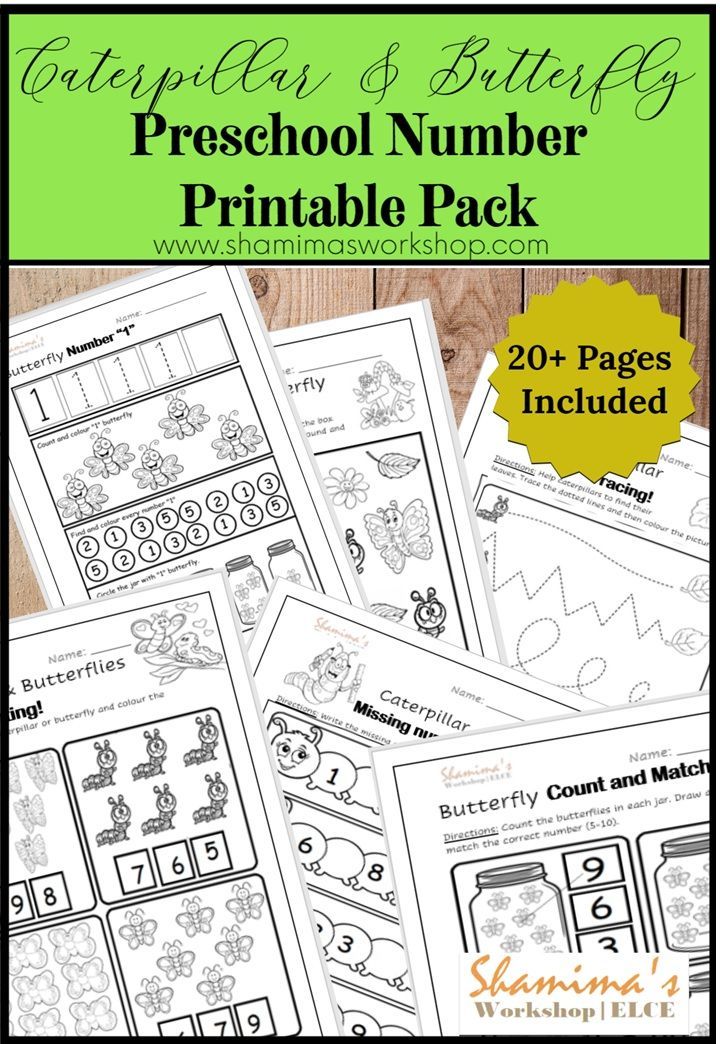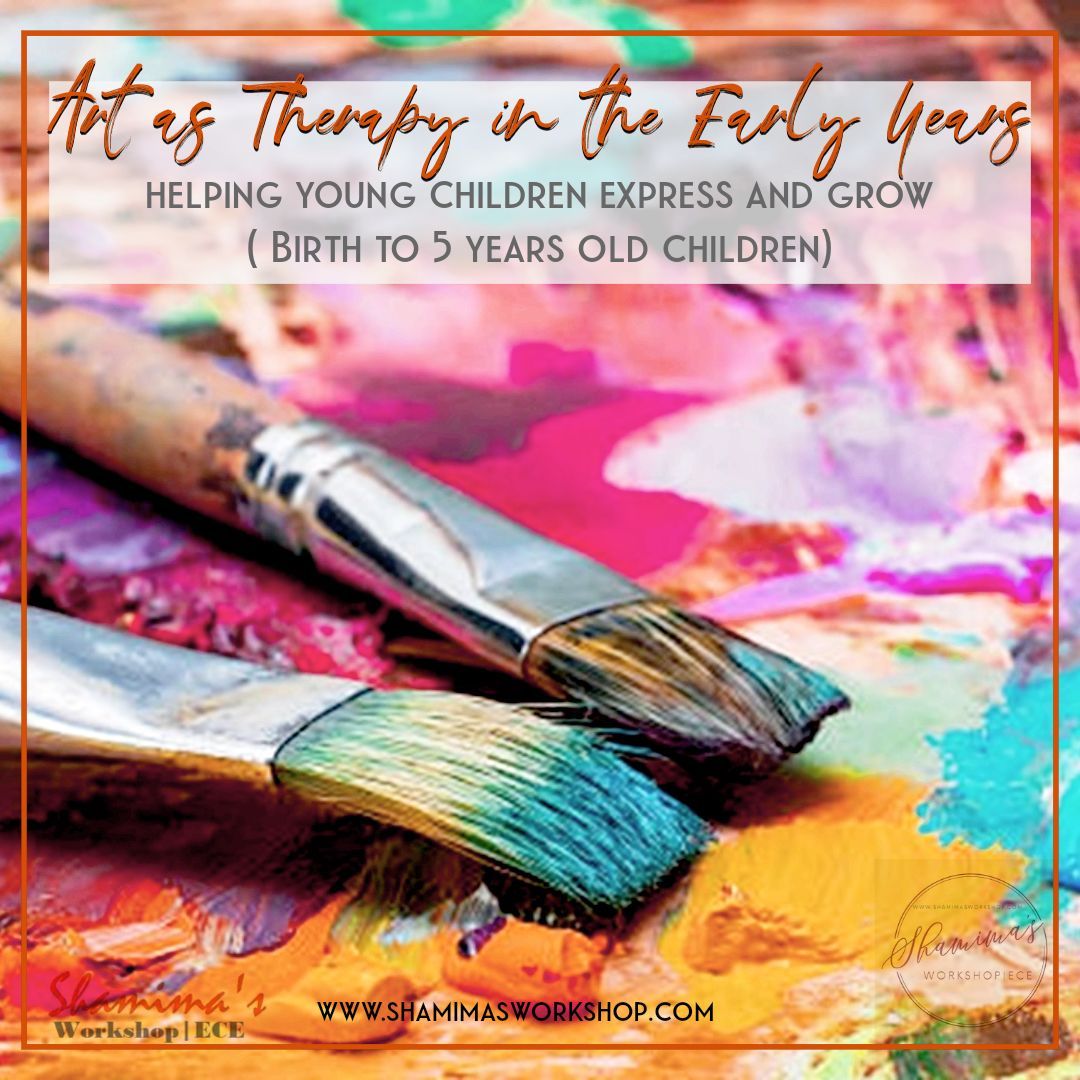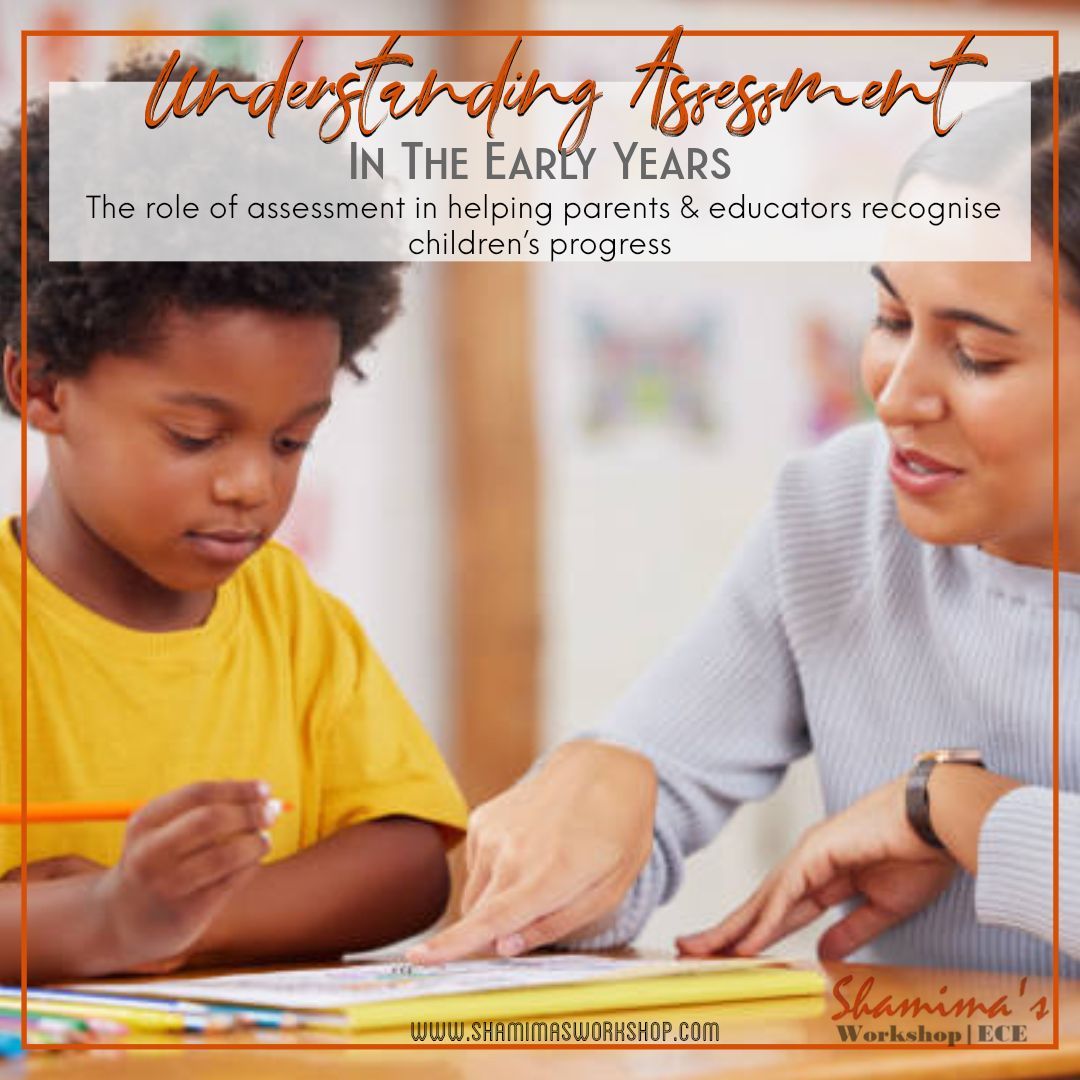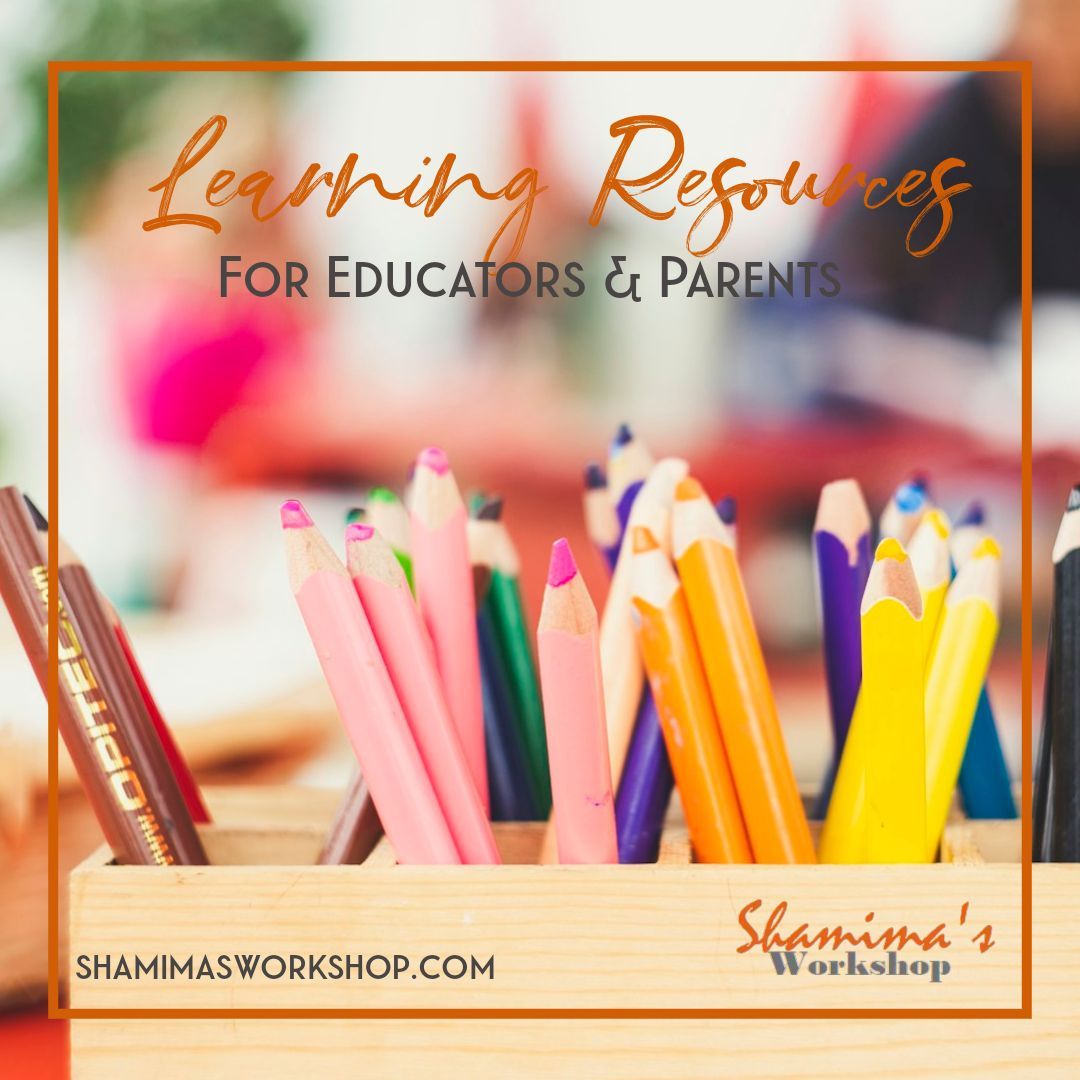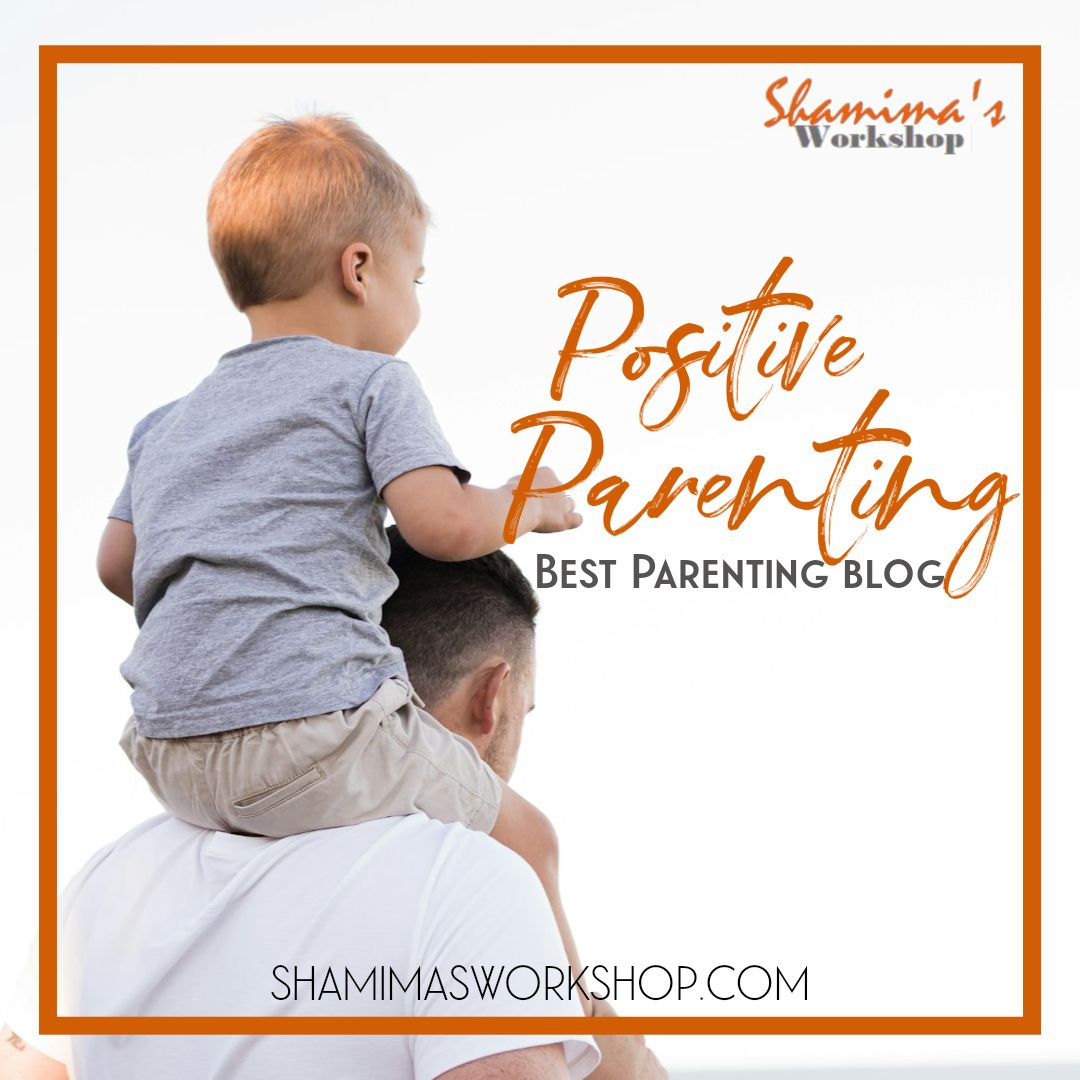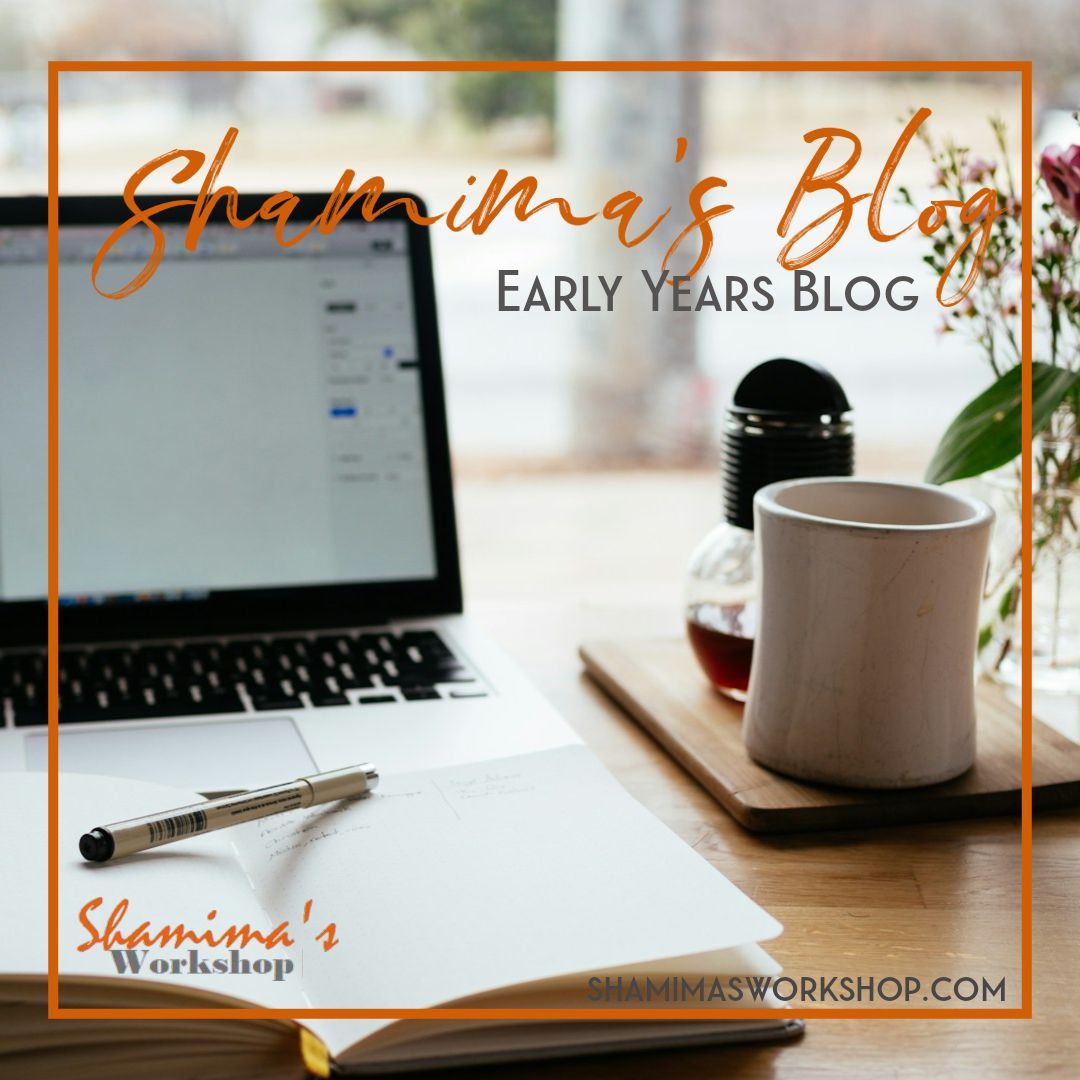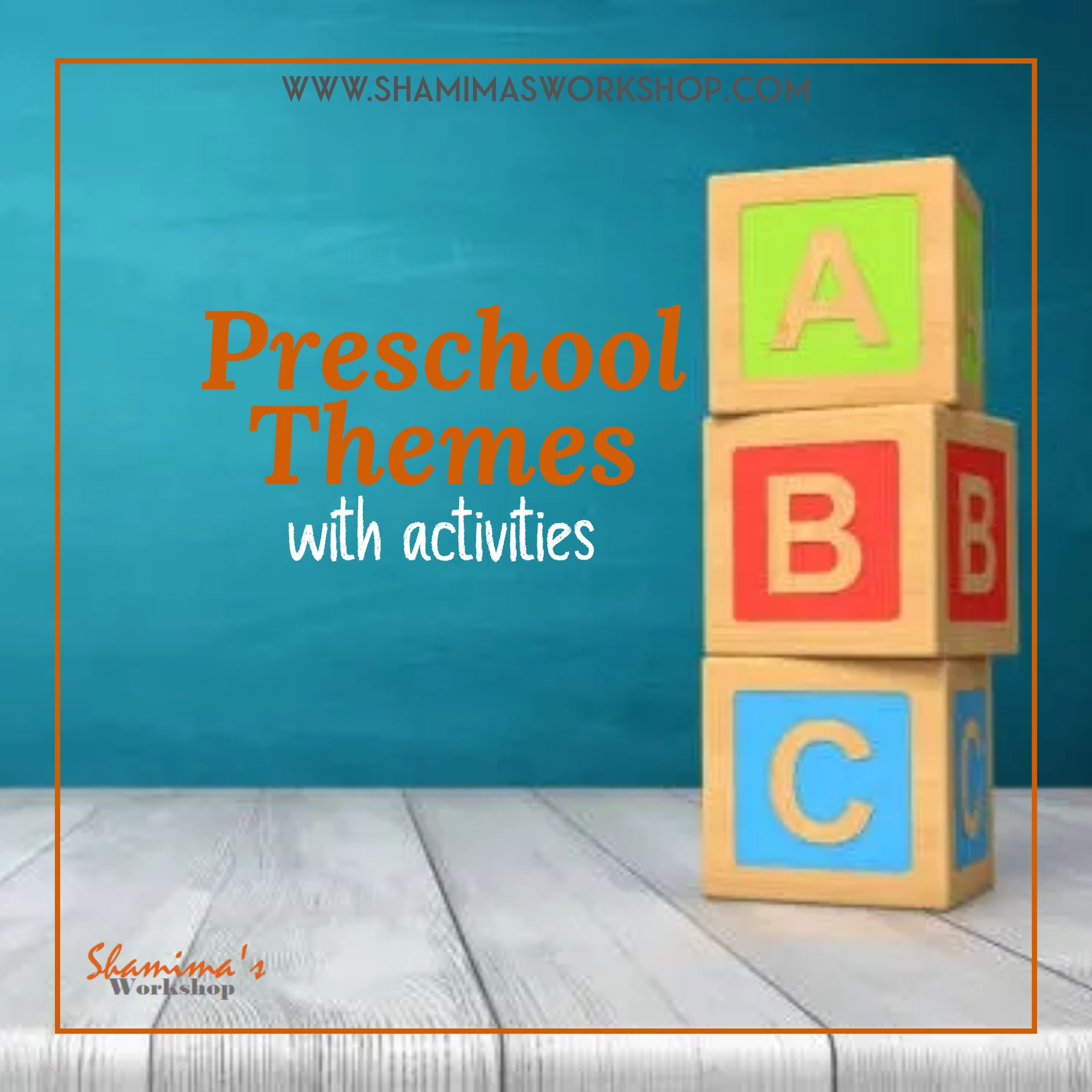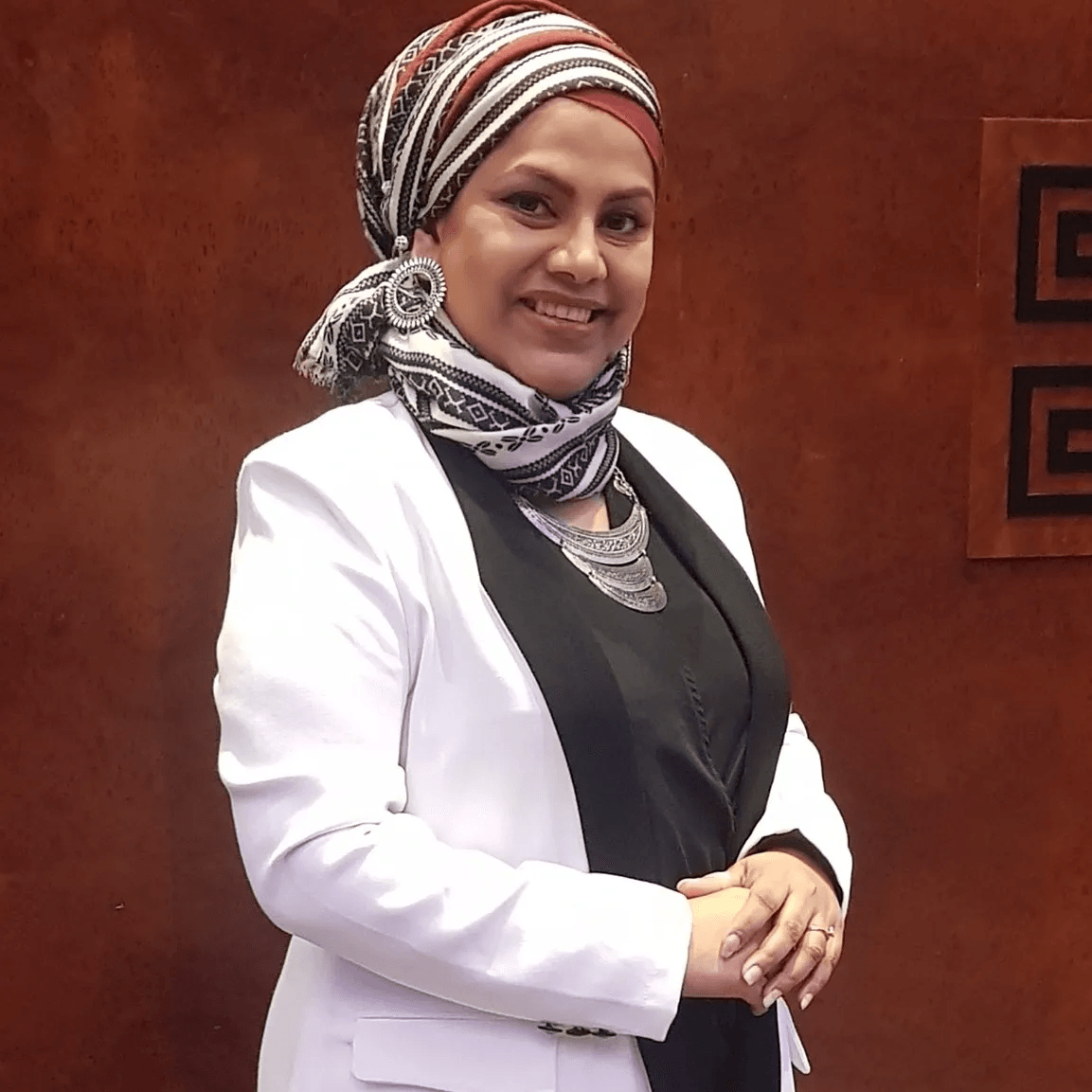Caterpillar and Butterfly Counting Jar activity
Caterpillar & Butterfly Counting
Jar Activity
The Caterpillars & Butterflies counting jar activity is a fun way to identify numbers and a great way for children to practice counting skills. It is a perfect activity for the preschoolers who are still polishing their basic counting skills, and older preschoolers can even do it independently. It is super simple to set up.
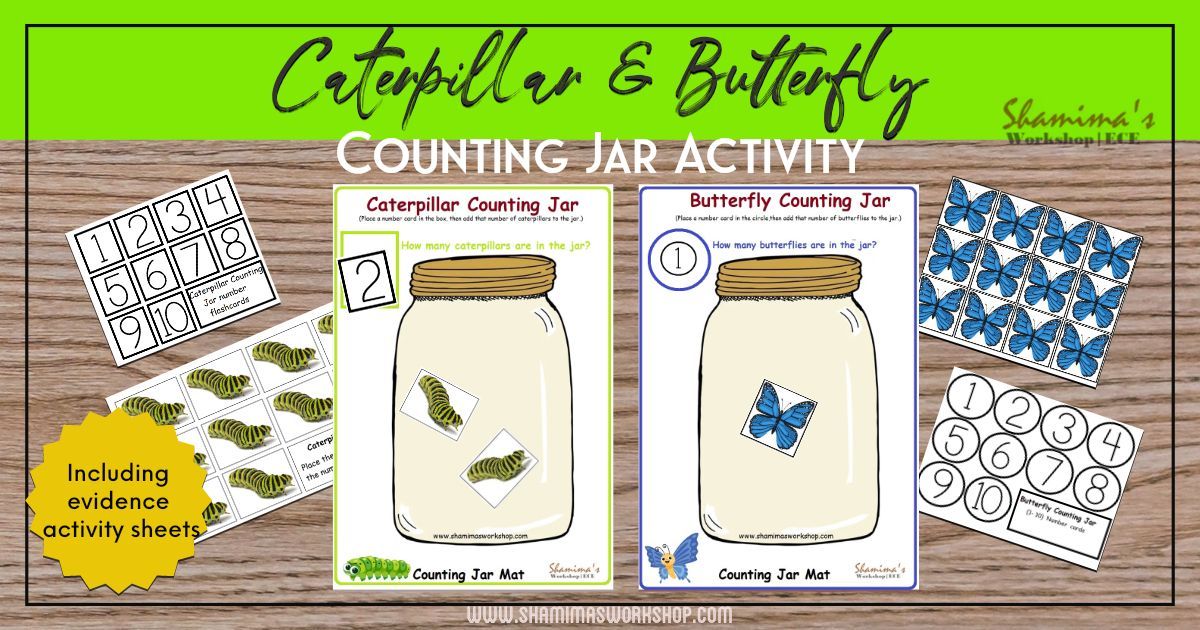
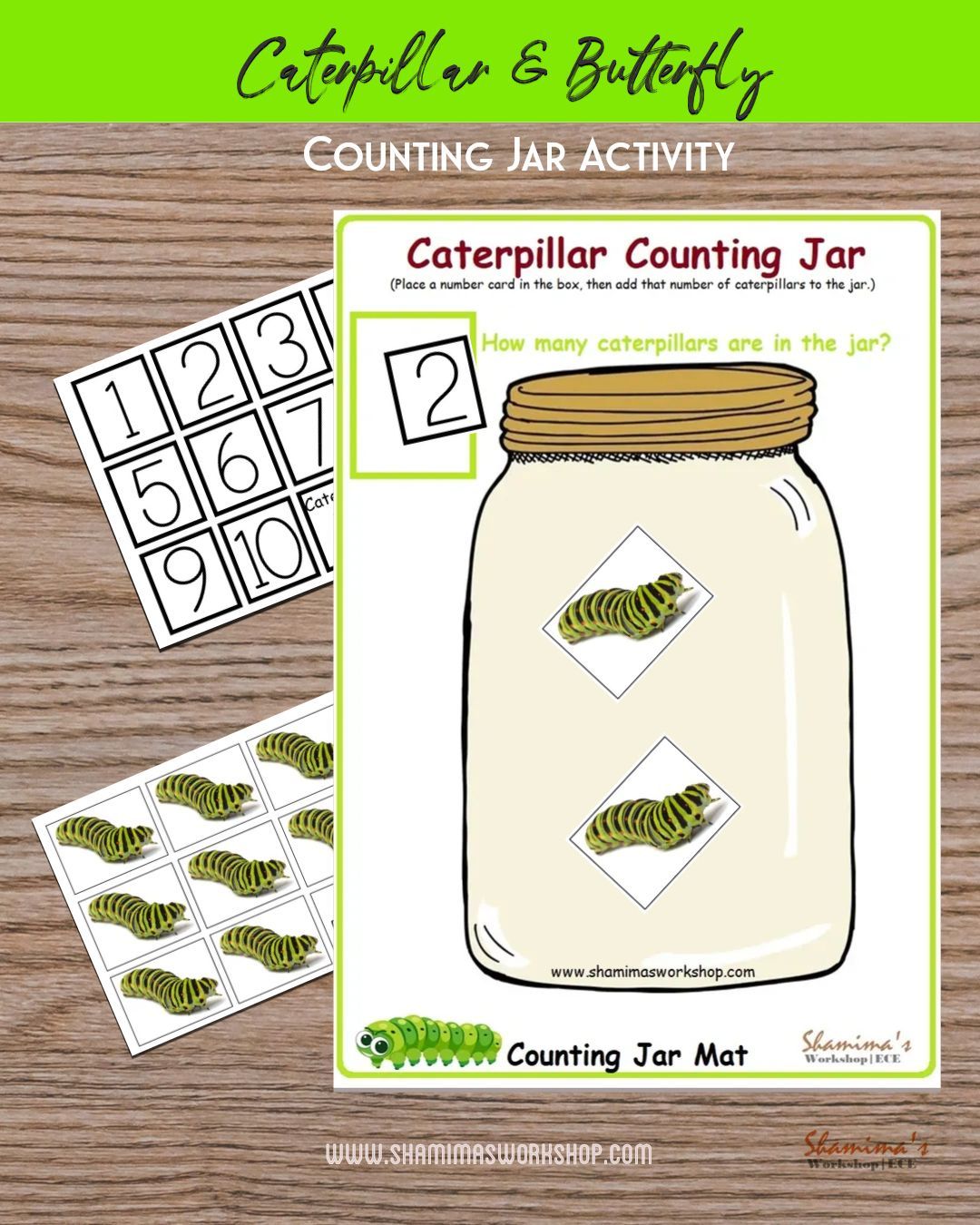
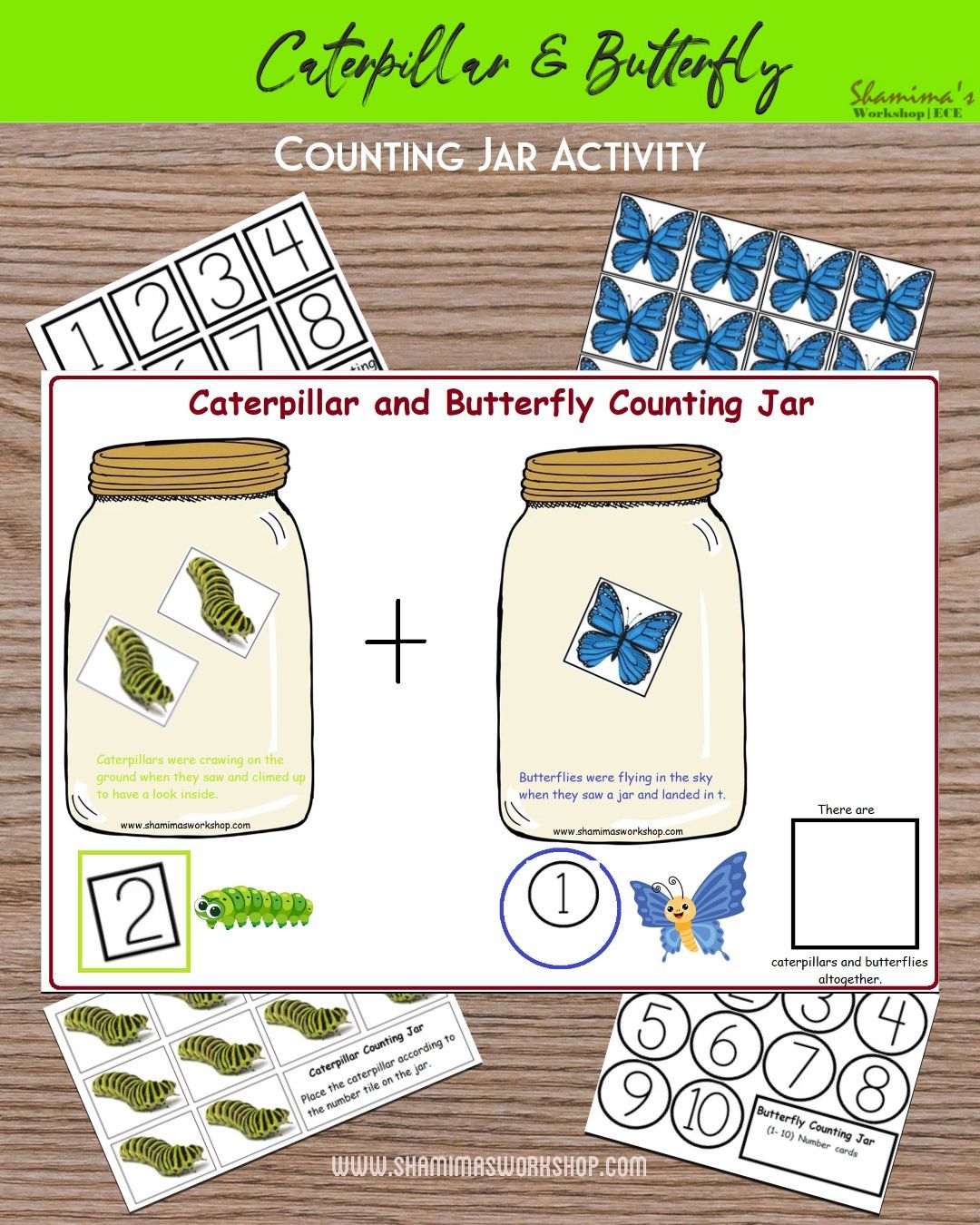
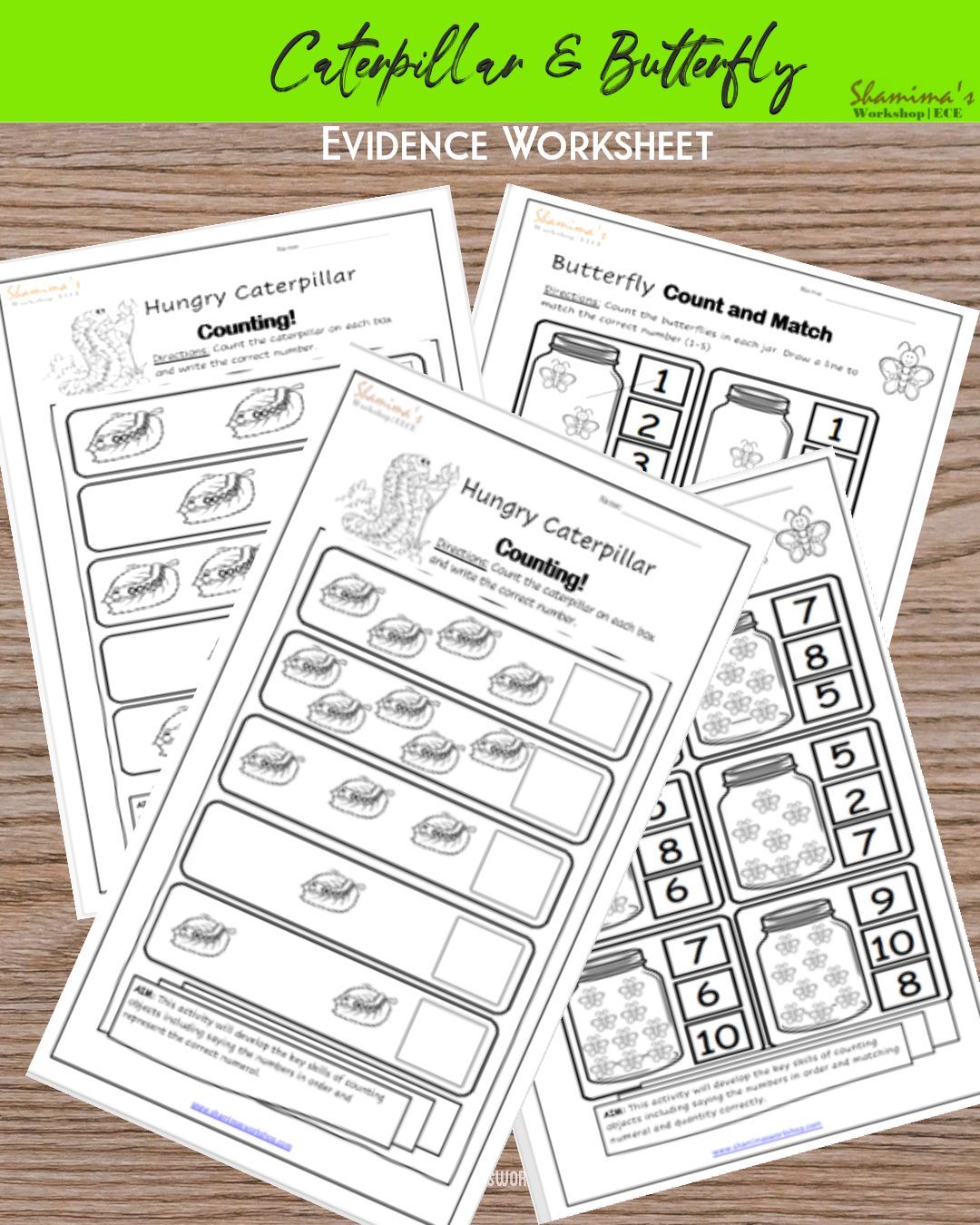
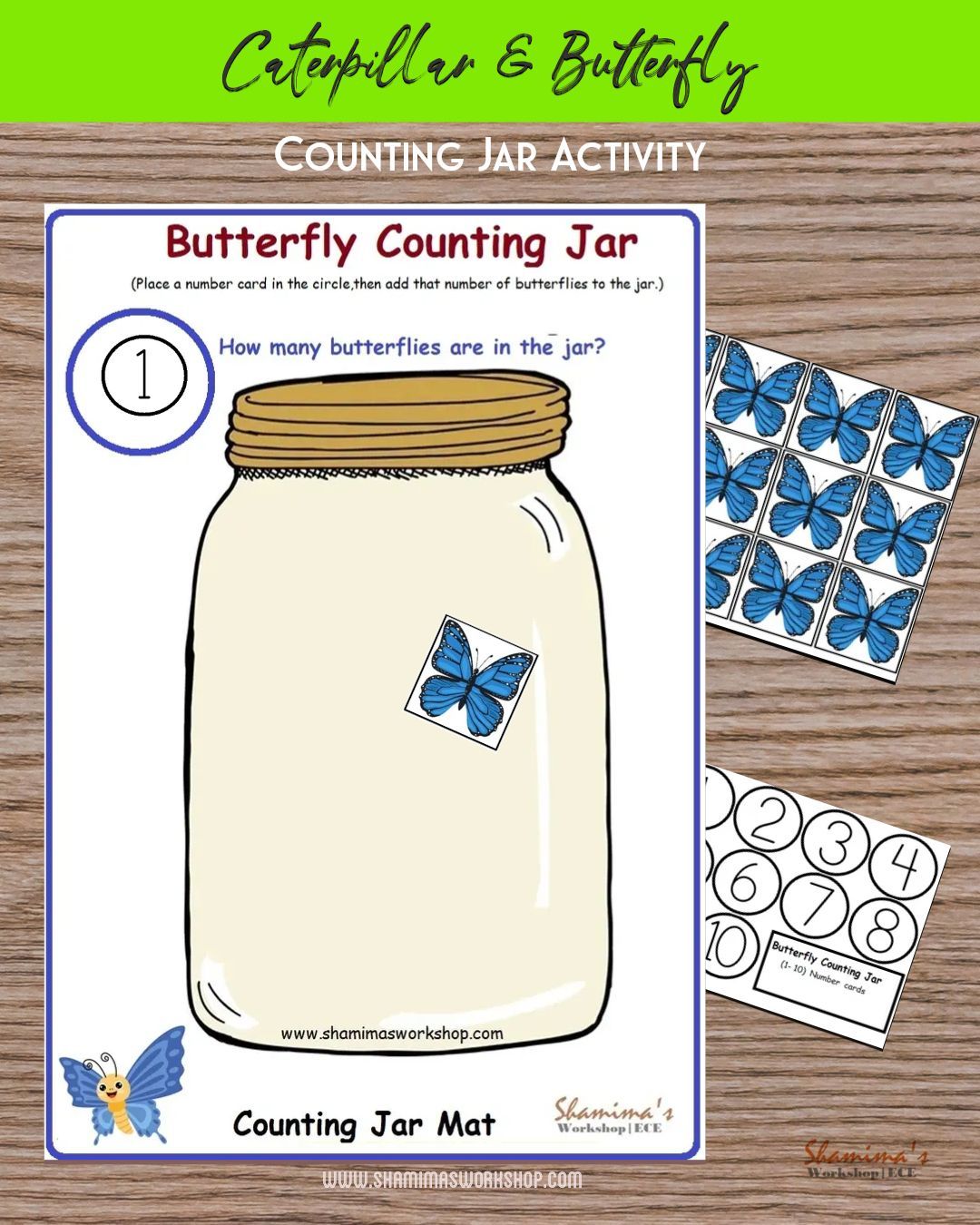
How I get the activity?
Download the Caterpillar and butterfly pack. Successfully downloaded? Great! Print it out!
GRAB YOUR DOWNLOAD
Ready to work on! Grab your copy of the Caterpillar and butterfly counting jar activity pack by clicking "DOWNLOAD" below!
YOU MAY LIKE THIS
Welcome

Hi, i am Shamima Fowzee, an early years educator, trainer and consultant. I Share ideas, inspiration, & resources for play-based, inquiry-led learning. Find out more about me here.
SHOP NOW
RECENT POST

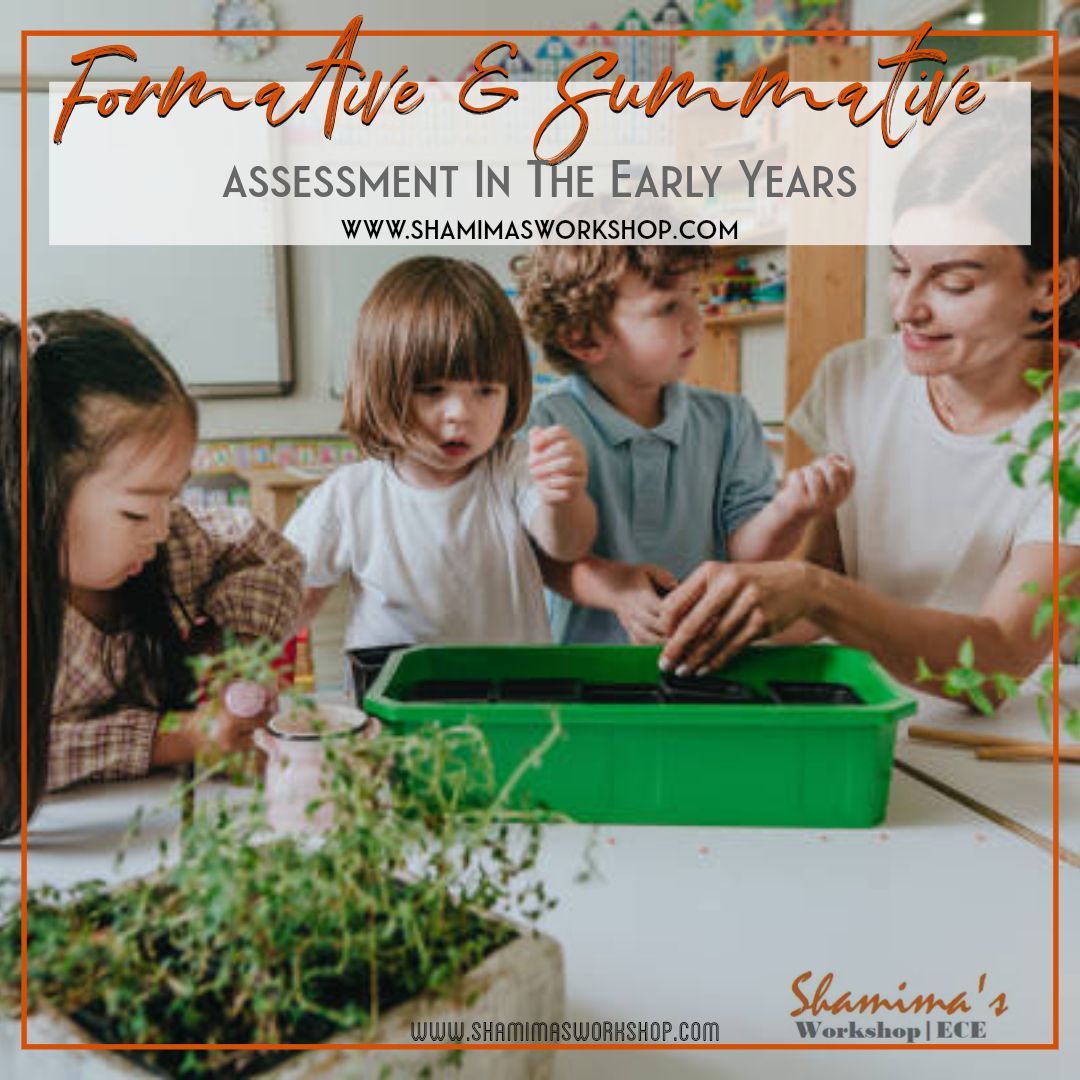
How can I thank you? Spread the word!
For everyone who is passionate about the importance of Early Years.

